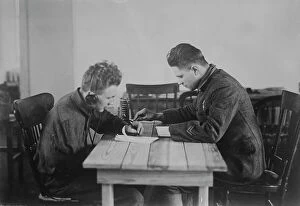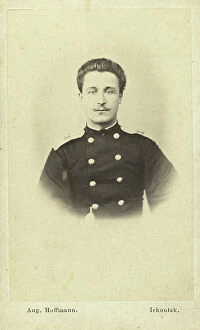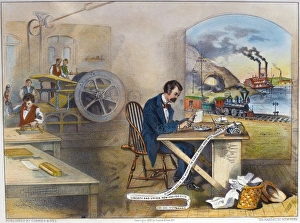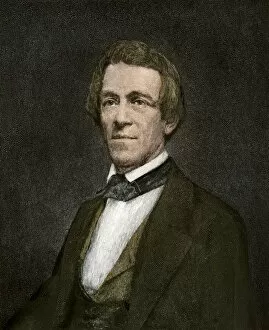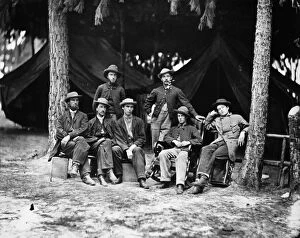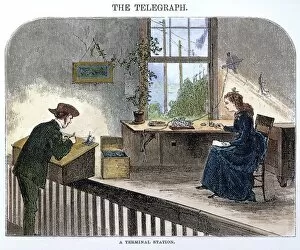Telegrapher Collection
The telegrapher, a silent hero of communication, played a pivotal role in history. From the sender of the S. O. S
All Professionally Made to Order for Quick Shipping
The telegrapher, a silent hero of communication, played a pivotal role in history. From the sender of the S. O. S. Signal for help on that fateful day of April 20, 1912, to the field telegraph battery wagon captured by David Knox in September 1864, their impact cannot be overstated. In the depths of the ocean lies the Titanic's final resting place, and among its crew was Jack Phillips, immortalized in a photograph taken on that same tragic day. Inside a wireless cabin aboard an Atlantic liner also stands an unknown operator tirelessly working to connect people across vast distances. During World War I in Somme, northern France, telegraphists worked diligently amidst chaos and danger to relay vital information. Even during times of conflict such as the Boer War in 1900, they found solace over tea while fulfilling their duty as skilled operators. Transmitting messages became an art form by 1894 when technology advanced further. Antonio Lopez Coloma exemplified this mastery until his untimely death in 1896 but left behind a legacy that inspired future generations. As progress surged forward throughout the century with inventions like lightning steam presses and locomotives revolutionizing society alongside electric telegraphs; it was clear that these unsung heroes were at the forefront of change. Even optical telegraphy had its moment in history around 1890 when visual signals carried important messages across great distances using light beams instead of wires or radio waves. From distress calls to wartime communications and technological advancements spanning centuries - each snapshot tells a story about those who dedicated their lives to connecting people through unseen lines. The telegraphers may have faded into obscurity over time but their contributions remain etched forever within our collective memory.


